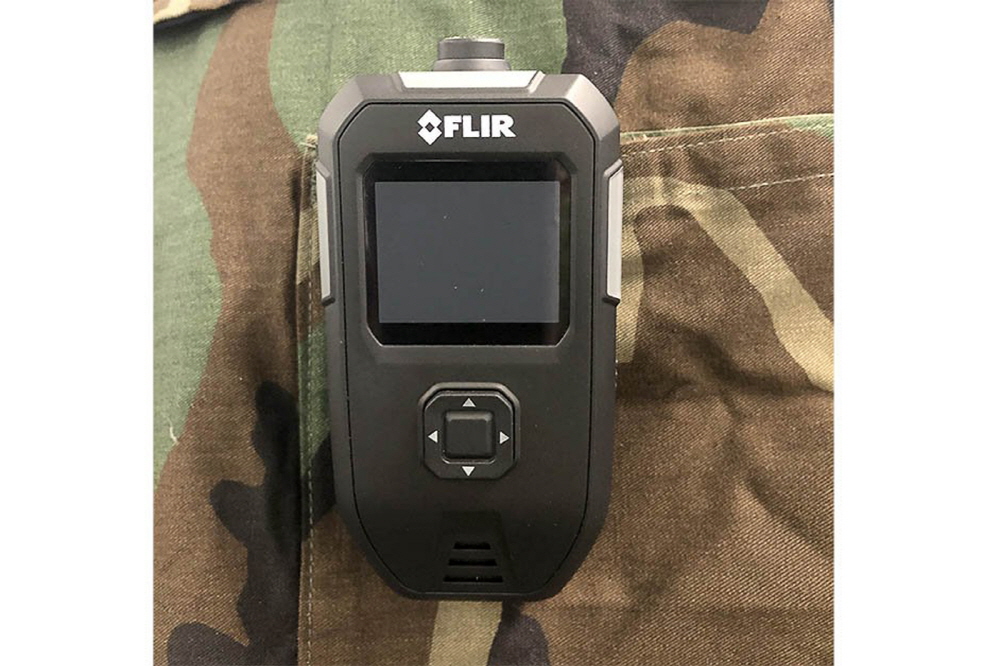
Sensor technology company Teledyne FLIR has announced that it has awarded a $4 million contract to develop the first wearable chemical detector for US soldiers.
Currently, the U.S. military does not operate individual chemical detection devices, but operates a combination of large equipment, emergency notification radio systems, and alarm systems. By deploying wearable sensors here, the U.S. military and marines are expected to be safer and capable of mobile deployment.
The development contract is part of the U.S. Department of Defense’s Compact Vapor Chemical Agent Detector (CVCAD) program, which can monitor the concentration of chemical weapons, toxic industrial chemicals, flammable gases, explosives, or oxygen to determine whether a location is suitable for breathing. And it can greatly reduce stress by being careful about explosions in confined spaces. Another use is to check the safety in advance by mounting a sensor on the drone to scout.
The contract is for 5 years, and wearable device development is divided into 12-month phase 1, 10-month phase 2, and two additional optional phases. Teledyneflare has deployed CVCAD, worn by all soldiers, to detect chemical threats at an unprecedented level and to perform critical missions much safer. and the importance of defense programs. Related information can be found here.

